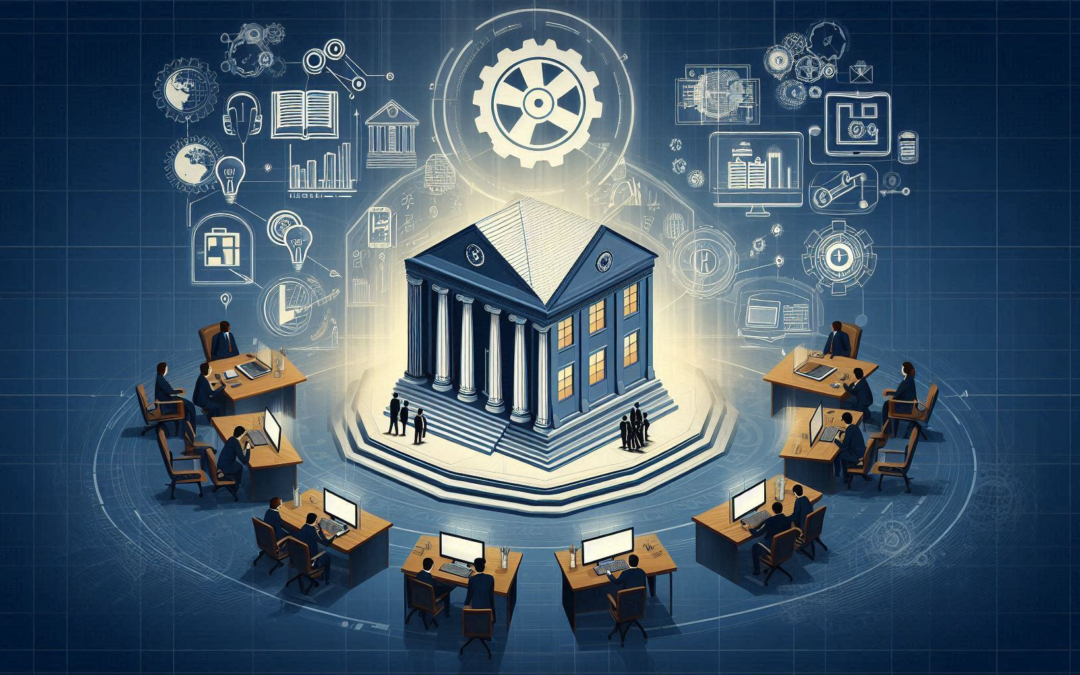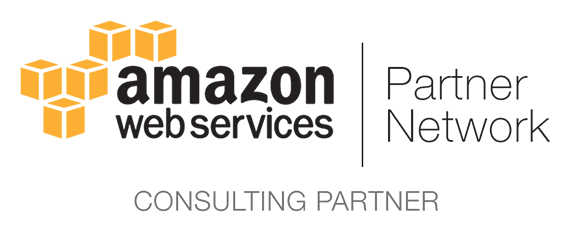As technology advances at breakneck speed, integrating the right IT solutions in educational institutions is more critical than ever. Whether you aim to elevate your Learning Management System (LMS), optimize operations with a Student Information System (SIS), or enhance collaboration with communication tools, these solutions can truly revolutionize the learning experience. But where do you begin?
No worries—we’ve got you covered with this comprehensive step-by-step guide!
Step 1: Assess Your Needs
What to Do:
Begin by evaluating your institution’s specific needs and challenges. Engage with educators, students, and administrative staff to gather insights.
Why It Matters:
Identify Gaps:
Understanding what’s lacking in your current systems will help you choose solutions that address specific pain points.
Prioritize Needs:
Not all solutions are created equal; knowing what’s most important helps you prioritize your investments.
Step 2: Set Clear Objectives
What to Do:
Once you’ve assessed your needs, define clear objectives for what you want to achieve with the new IT solutions.
Why It Matters:
Focus Your Efforts:
Clear objectives guide your decision-making process and keep your team aligned on goals.
Measure Success:
Well-defined goals provide benchmarks to evaluate the effectiveness of the implementation.
Step 3: Research Potential Solutions
What to Do:
Conduct thorough research on various IT solutions available. Look into different vendors, read reviews, and consider features that align with your objectives.
Why It Matters:
Informed Choices:
The right solution can make a huge difference. Research helps you compare options and select the best fit.
Understand Costs:
Evaluate pricing models and budget considerations to ensure the solutions are financially viable.
Step 4: Involve Stakeholders
What to Do:
Engage key stakeholders early in the process, including educators, IT staff, and administrative personnel.
Why It Matters:
Get Buy-In:
Involving stakeholders helps build support for the project, making implementation smoother.
Collect Diverse Perspectives:
Different viewpoints can uncover additional needs or concerns you may not have considered.
Step 5: Create an Implementation Plan
What to Do:
Develop a comprehensive implementation plan that outlines timelines, roles, and responsibilities.
Why It Matters:
Structured Approach:
A clear plan keeps the project organized and helps track progress.
Assign Responsibilities:
Clearly defined roles ensure accountability and make it easier to address challenges as they arise.
Step 6: Train Your Team
What to Do:
Provide thorough training for educators, staff, and students on how to use the new IT solutions.
Why It Matters:
Maximize Adoption:
Proper training ensures that everyone knows how to effectively use the new tools, leading to higher adoption rates.
Reduce Frustration:
Comprehensive training minimizes confusion and empowers users to leverage the solutions fully.
Step 7: Pilot the Solution
What to Do:
Consider running a pilot program with a smaller group before a full rollout. This allows you to test the solution in a controlled environment.
Why It Matters:
Identify Issues Early:
A pilot program helps uncover potential problems and allows for adjustments before the full implementation.
Gather Feedback:
User feedback during the pilot can guide refinements and improve the overall experience.
Step 8: Full Rollout
What to Do:
Once you’ve tested and refined the solution, it’s time for the full rollout. Communicate clearly with all stakeholders about the launch.
Why It Matters:
Smooth Transition:
Clear communication helps prepare everyone for the change, reducing resistance and confusion.
Celebrate Success:
Acknowledge the effort of your team and celebrate the successful launch to boost morale.
Step 9: Monitor and Evaluate
What to Do:
After implementation, continuously monitor the performance of the IT solutions and gather user feedback.
Why It Matters:
Ensure Effectiveness:
Regular monitoring helps you assess whether the solutions are meeting your objectives.
Continuous Improvement:
Feedback allows for ongoing adjustments and improvements, ensuring that the tools remain effective and relevant.
Step 10: Stay Adaptable
What to Do:
Technology is constantly evolving, so remain open to new developments and trends that could enhance your educational environment.
Why It Matters:
Embrace Change:
Staying adaptable ensures that your institution can evolve alongside technological advancements.
Ongoing Learning:
Committing to continual improvement keeps your educational practices fresh and engaging for students and staff alike.
Final Thoughts
Implementing education IT solutions can seem daunting, but with a structured approach, it can lead to transformative results for your institution. By assessing needs, engaging stakeholders, and focusing on training and evaluation, you’ll set your team up for success in the digital age.
Are you in the process of implementing new IT solutions? Or perhaps you’ve already gone through the process?
We’d love to hear your experiences and tips in the comments! Happy innovating!






